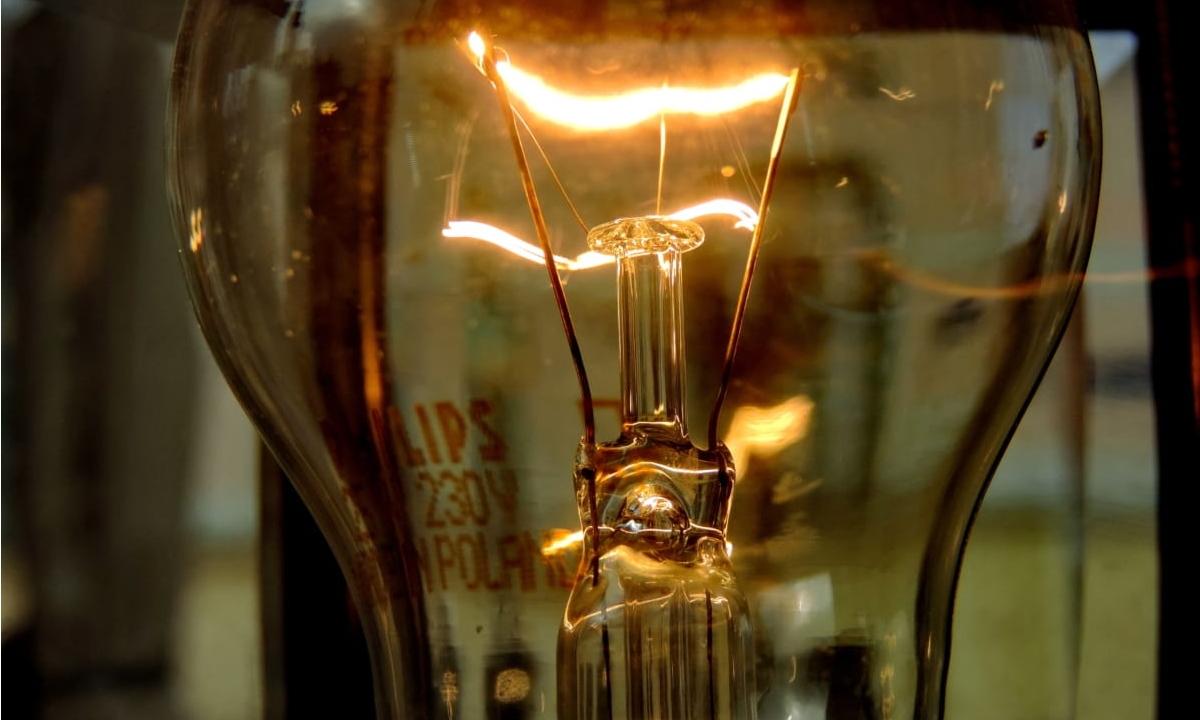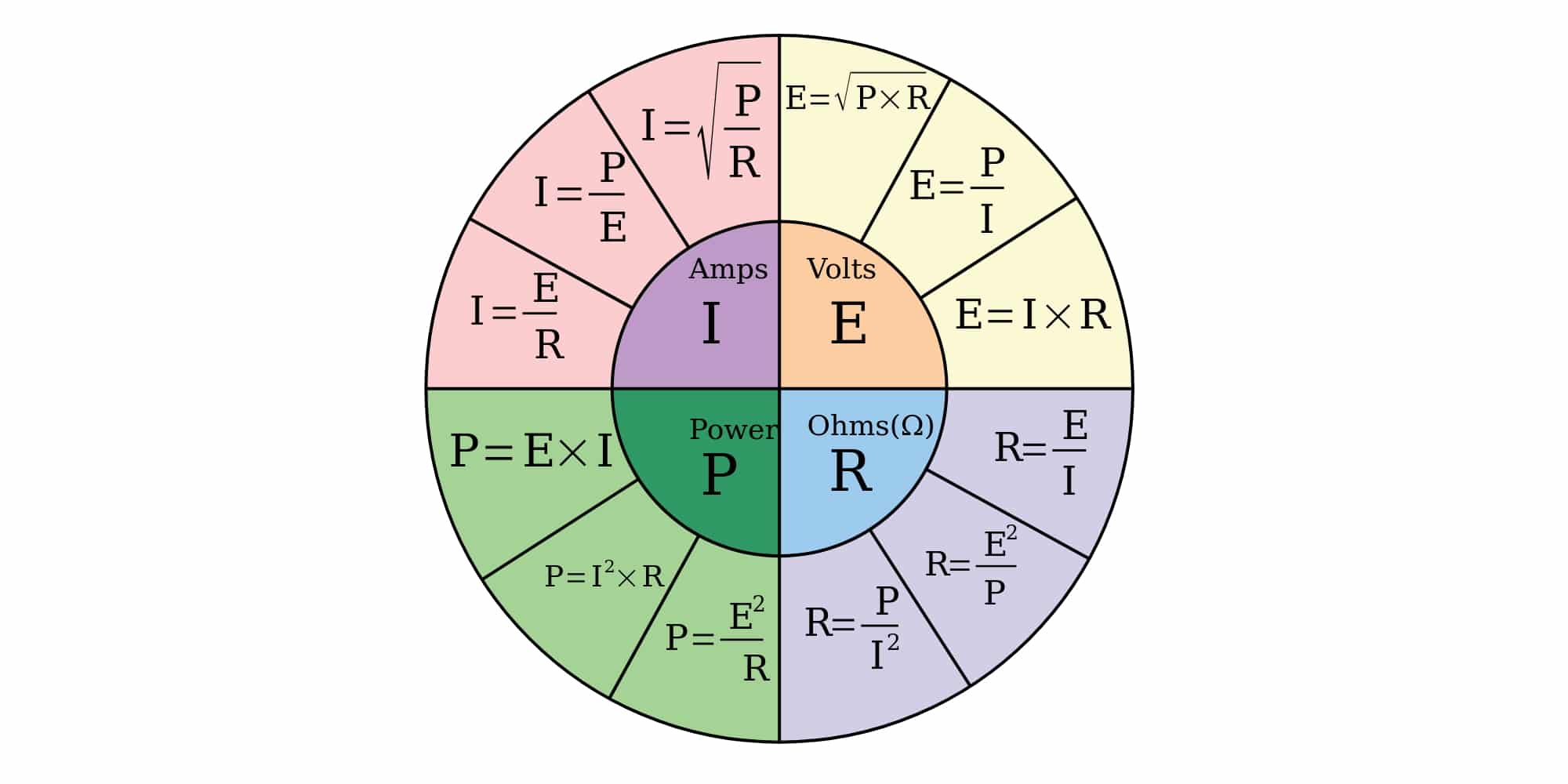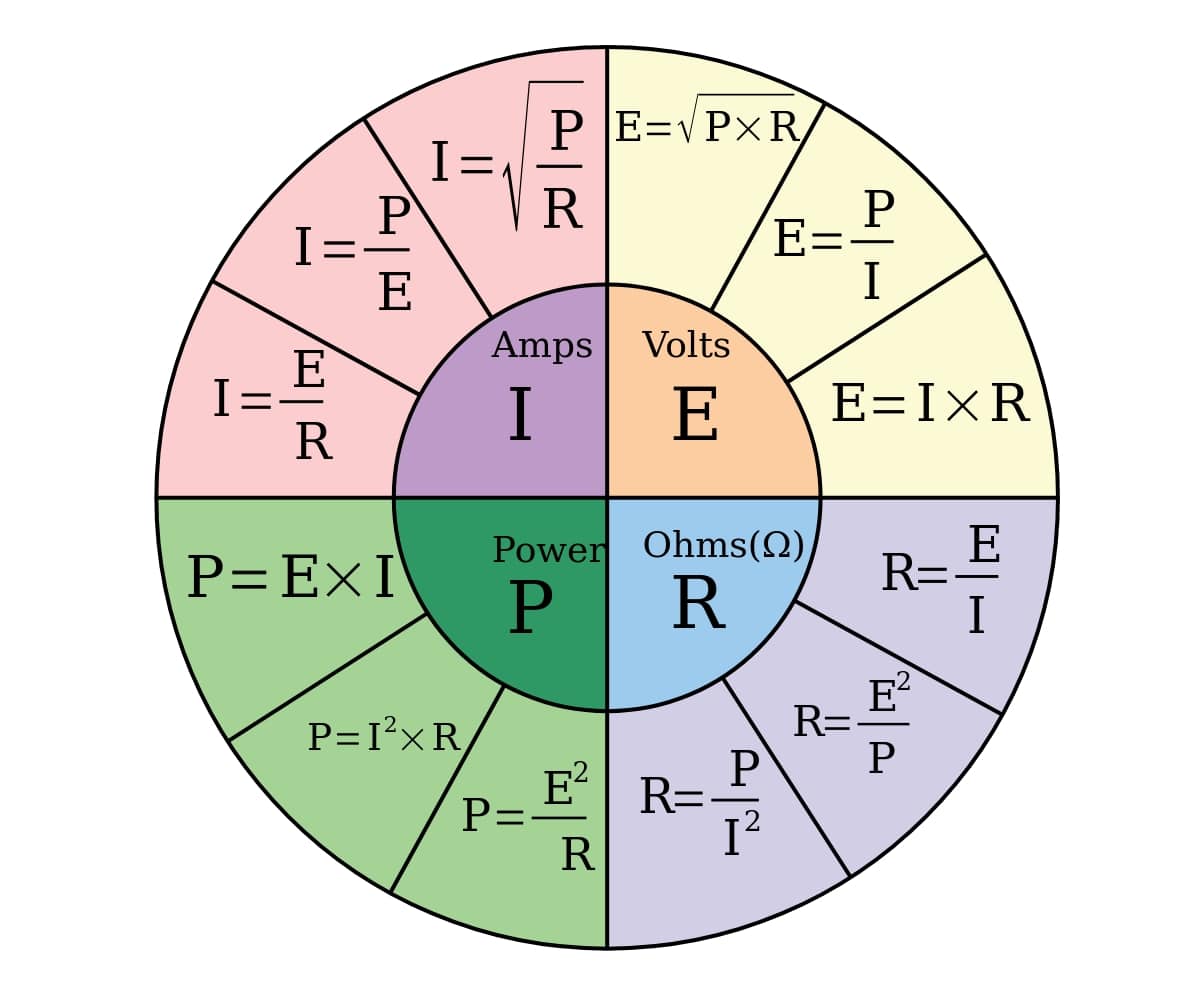
If you are starting in the world of electricity and electronics, surely you have heard a thousand times the famous Ohm's law. And it is not for less, since it is a fundamental law in this area. It is not complicated at all, and it is usually learned at the beginning because of how essential it is, despite that, there are still some beginners who do not know it.
In this guide you will learn everything you need about this Ohm's Law, from what it is, to the different formulas you have to learn, how it can be used in Practical applications, etc. And to make things even easier, I will make a much more intuitive comparison between an electrical system and a water or hydraulic system ...
Comparison with a hydraulic system
Before starting I would like you to have a clear idea of how an electrical system works. It can seem complicated and much more abstract than other systems, like a hydraulic one where you have a liquid flowing through different tubes. But what if you did a imagination exercise and imagine that the electrons of electricity are water? Maybe it would help you understand in a quick and basic way how things really work.
For this I am going to make a comparison between one electrical and one hydraulic system. If you start to visualize it this way it will be much more intuitive:
- Conductor: imagine it is a water tube or hose.
- Insulating: You can think of an element that stops the flow of water.
- Electricity: it is nothing more than a flow of electrons going through a conductor, so you could imagine it as a flow of water going through a tube.
- Voltage: for the voltage to flow through a circuit there needs to be a potential difference between two points, it is as if you need a difference in level between two points between which you want the water to flow. That is, you can imagine the voltage as the pressure of the water in a tube.
- Resistance: As its name indicates, it is a resistance to the passage of electricity, that is, something that is opposed. Imagine that you put a finger on the end of the irrigation hose in your garden ... that will make it difficult for the jet to come out and increase the water pressure (voltage).
- Intensity: the intensity or current that travels through an electrical conductor can be similar to the amount of water that travels through a tube. For example, imagine that one tube is 1 ″ (lower intensity) and another 2 ″ tube (higher intensity) are filled with this liquid.
This could also lead you to think that you can compare the electric components with hydraulics:
- A cell, battery, or power supply: it can be like a water fountain.
- Condenser: can be understood as a water reservoir.
- Transistor, relay, switch ...- These control devices can be understood as a tap that you can turn on and off.
- Resistance- It can be the resistance you put when you press your finger on the end of a water hose, some garden regulators / nozzles, etc.
Of course, you can also reflect on what has been said in this section to get other conclusions. For example: uterine
- If you increase the section of the pipe (intensity) the resistance will decrease (see Ohm's Law -> I = V / R).
- If you increase the resistance in the pipe (resistance), the water comes out with higher pressure at the same flow rate (see Ohm's Law -> V = IR).
- And if you increase the water flow (intensity) or the pressure (voltage) and point the jet towards you, it will do more damage (more dangerous electric shock).
I hope that with these similes you have understood something better ...
What is Ohm's Law?
La Ohm's law it is a fundamental relation between three basic quantities that are the intensity of current, the tension or voltage, and the resistance. Something fundamental to understand the operating principles of circuits.
It is named after its discoverer, the German physicist george ohm. He was able to observe that at a constant temperature, the electric current flowing through a fixed linear resistance is directly proportional to the voltage applied across it and inversely proportional to the resistance. That is, I = V / R.
Those three magnitudes of the formula they can be solved to calculate the voltage against the current and resistance values, or also the resistance as a function of the given voltage and current. Namely:
- I = V / R
- V = IR
- R = V / I
Being I the current intensity of the circuit expressed in amperes, V the voltage or voltage expressed in volts, and R the resistance expressed in ohms.
By exampleImagine that you have a lamp that consumes 3A and that works at 20v. To calculate the resistance you could apply:
- R = V / I
- R = 20/3
- R≈6.6 Ω
Very simple, right?
Ohm's Law Applications
All the Ohm's Law applications They are unlimited, being able to apply them to a multitude of calculations and calculation problems to obtain some of the three magnitudes that it relates in circuits. Even when the circuits are extremely complex, they can be simplified in order to apply this law ...
You should know that they exist two exceptional conditions within Ohm's Law when talking about a circuit, and these are:
- Short circuit: in this case it is when two tracks or components of the circuit are in contact, as when there is an element that is making contact between two conductors. That results in a very radical effect where the current equals the voltage and ends up burning or damaging the components.
- Open circuit: is when a circuit is interrupted, either intentionally using a switch, or because some conductor has been cut. In this case, if the circuit were observed from the perspective of Ohm's Law, it could be verified that there is an infinite resistance, so it is not capable of conducting current. In this case, it is not destructive to circuit components, but it will not work for the duration of the open circuit.
Power
Although basic Ohm's Law does not include the magnitude of electric power, can be used as a basis for calculation in electrical circuits. And it is that the electrical power depends on the voltage and the intensity (P = I · V), something to which Ohm's Law itself can help to calculate ...


